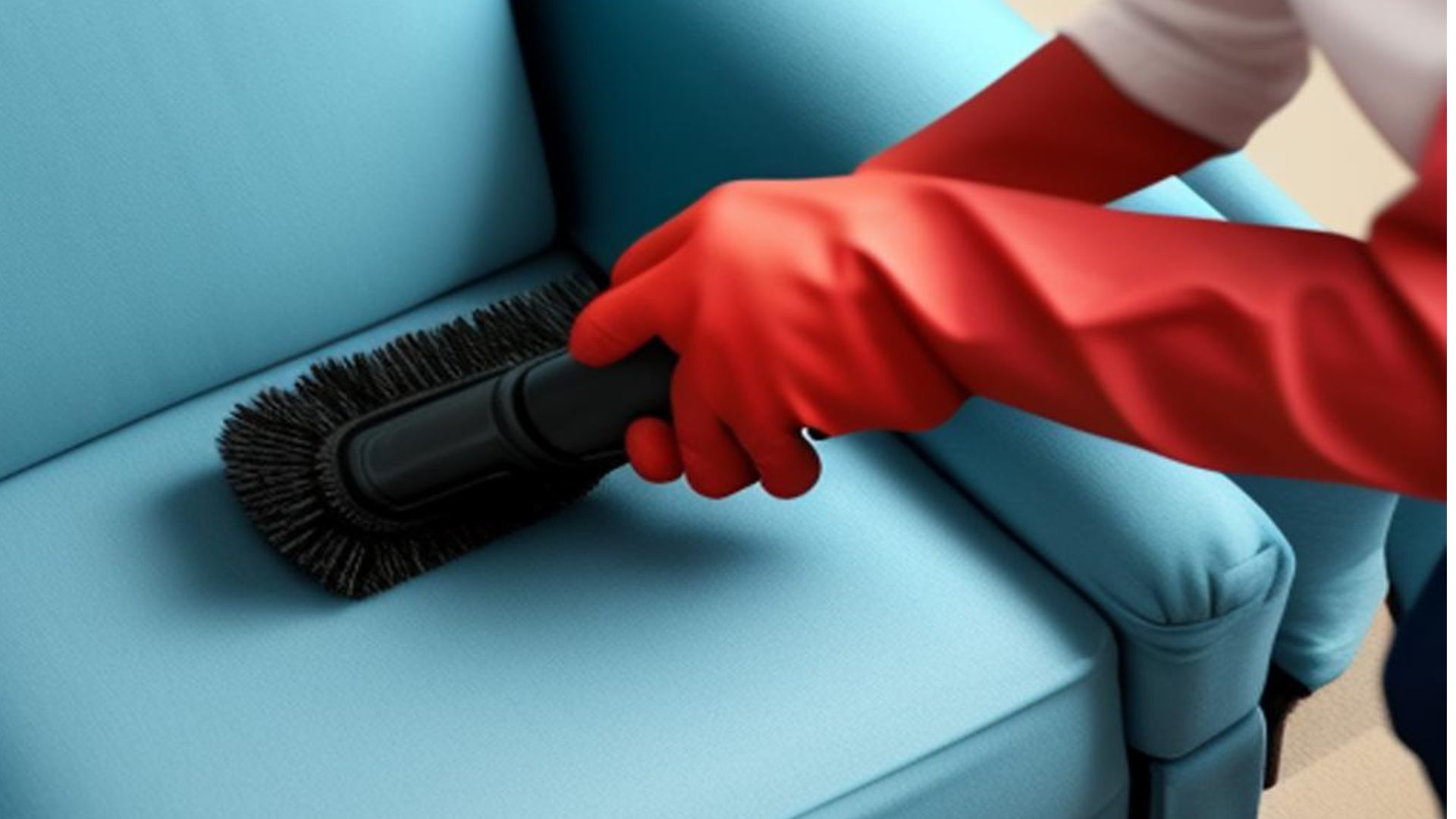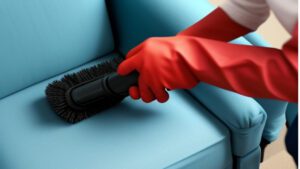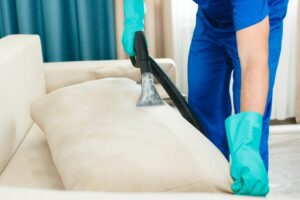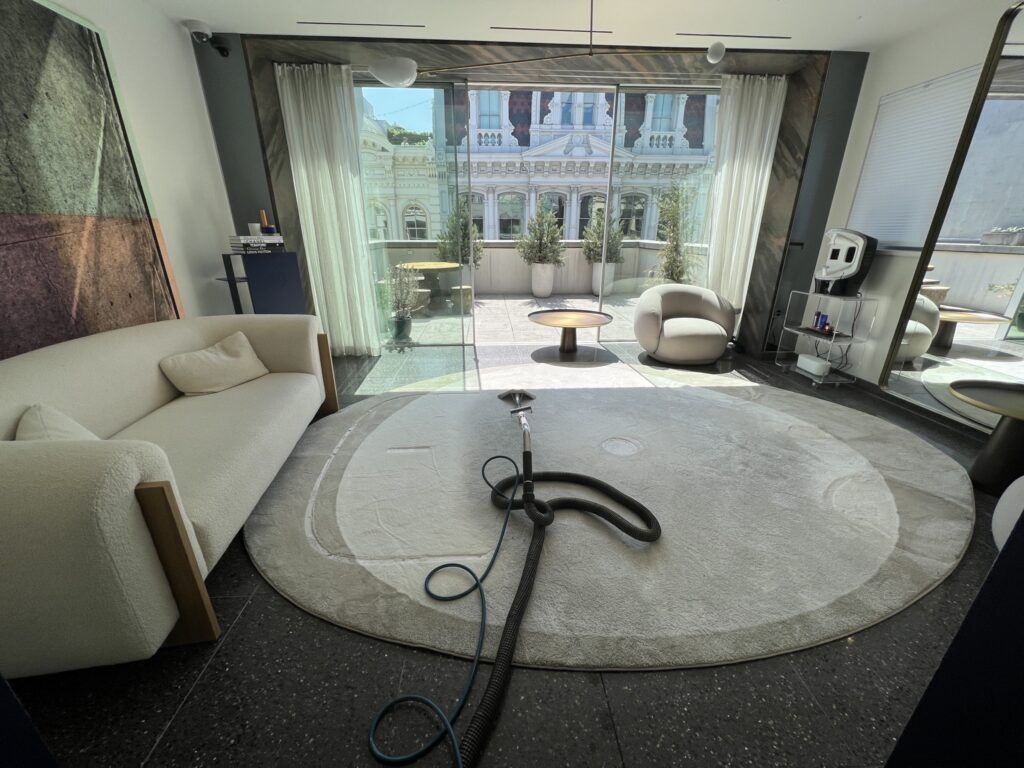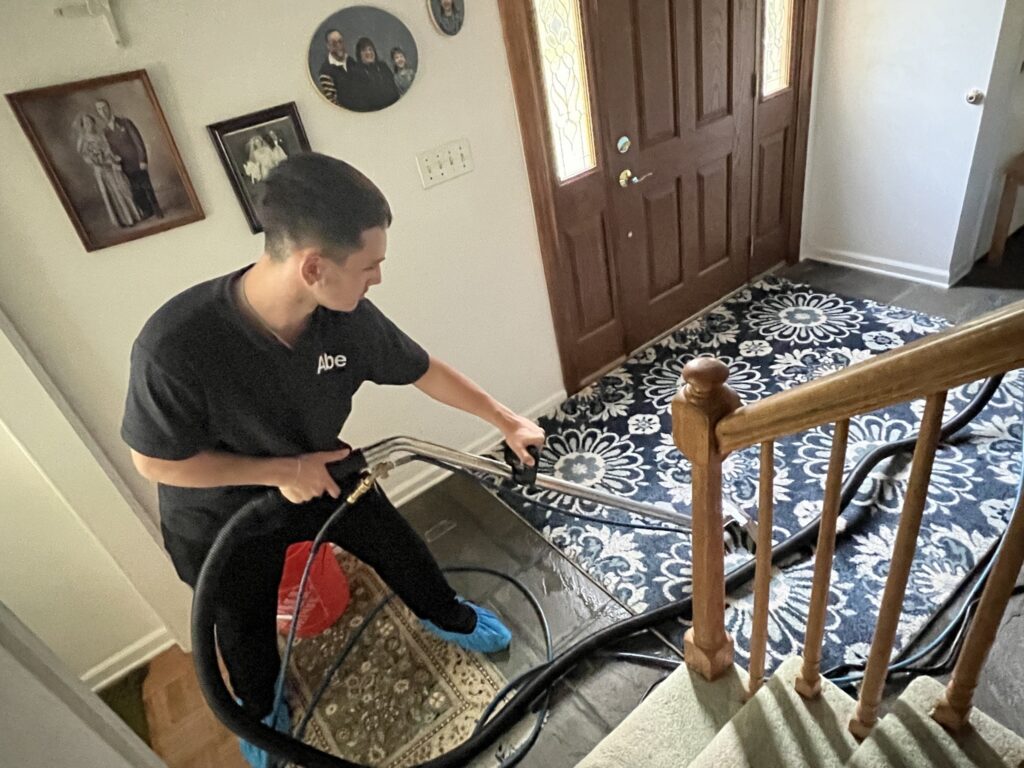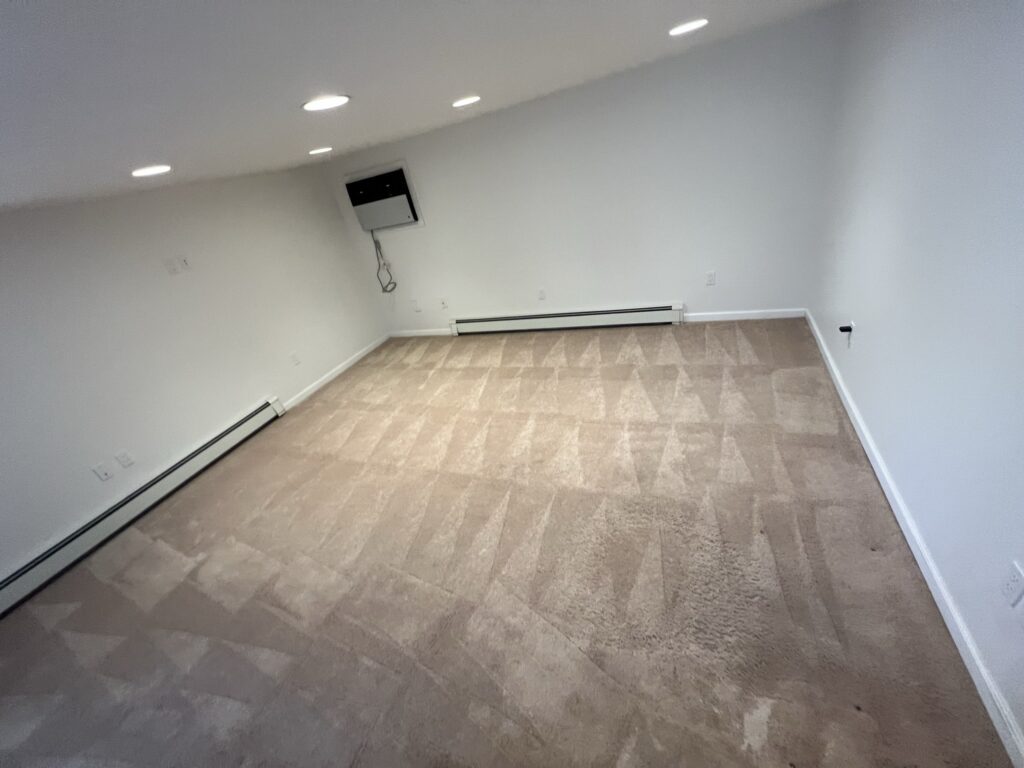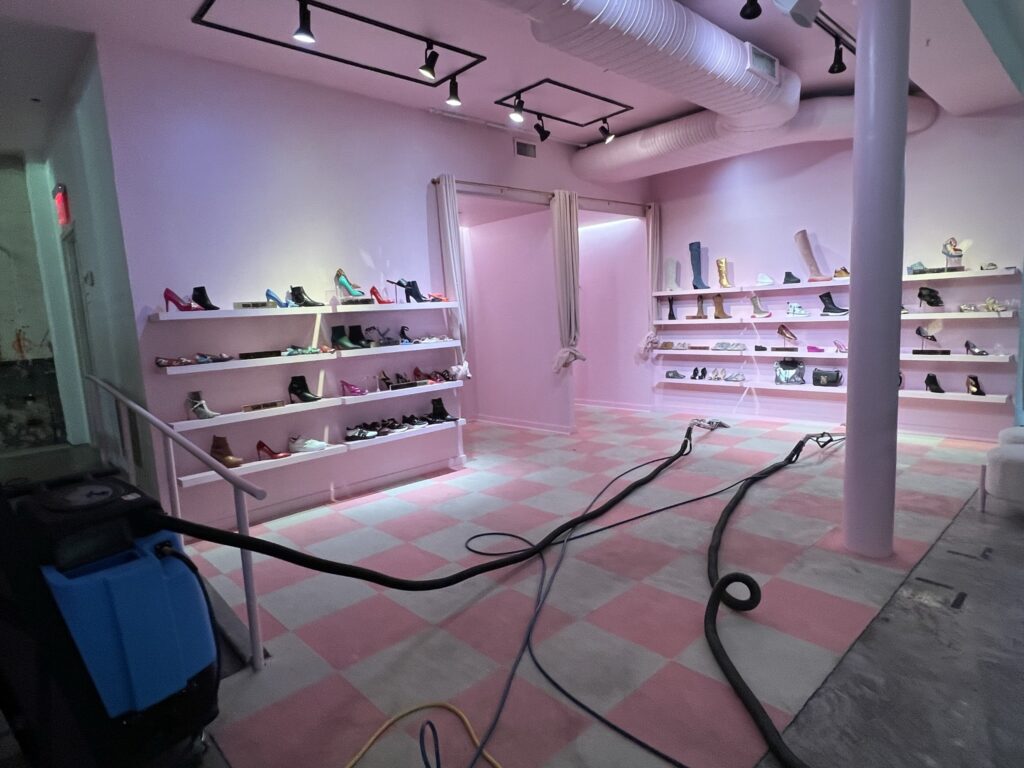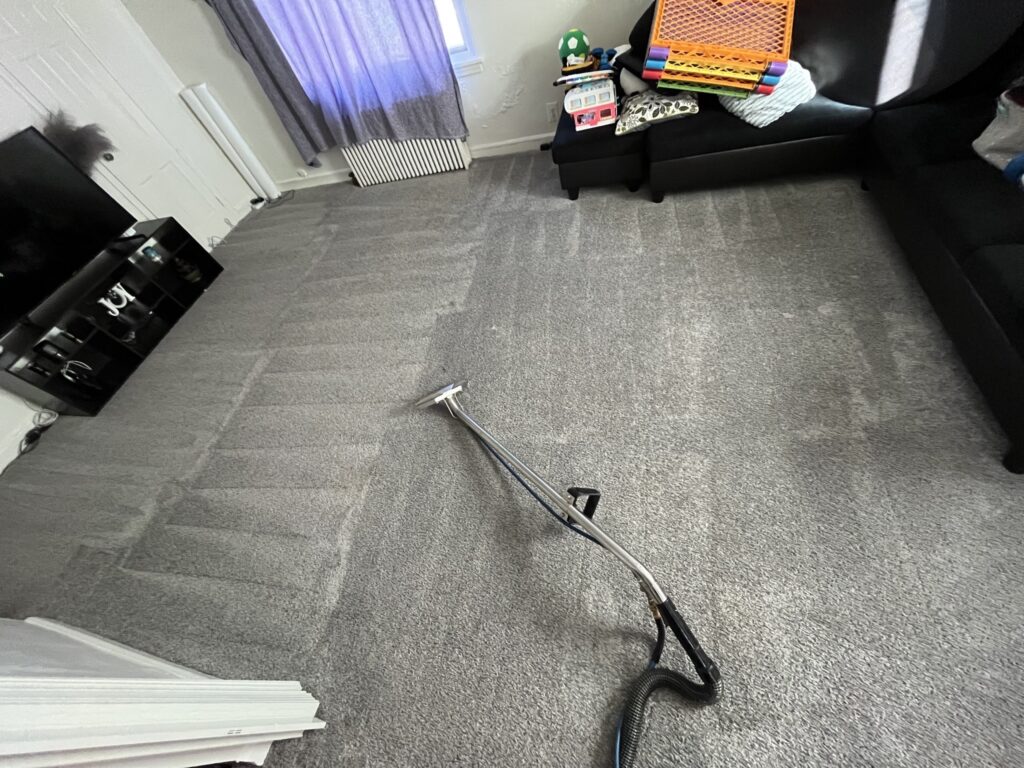Why is Upholstery Cleaning Important?
Upholstery cleaning is an essential part of maintaining the cleanliness and appearance of your furniture. Over time, dust, dirt, and stains can accumulate on your upholstery, making it look dull and unattractive. Regular cleaning not only helps to remove these unwanted elements but also extends the lifespan of your furniture. Additionally, clean upholstery promotes a healthier indoor environment by eliminating allergens and dust mites that can cause allergies and respiratory issues. So, let’s dive into the common upholstery cleaning mistakes to avoid, ensuring your furniture stays fresh and clean.
The Risks of DIY Upholstery Cleaning
Before we discuss the common mistakes, it’s important to understand the risks of attempting DIY upholstery cleaning. While it may seem like a cost-effective solution, it can lead to irreversible damage if done improperly. DIY methods often lack the expertise and professional-grade equipment necessary to effectively clean upholstery without causing harm. Without the right techniques and products, you may end up spreading stains or damaging the fabric, resulting in costly repairs or replacement. To avoid these risks, it’s best to educate yourself and follow the proper upholstery cleaning guidelines.
Common Upholstery Cleaning Mistakes
Using the Wrong Cleaning Products
One of the most common mistakes people make when cleaning upholstery is using the wrong cleaning products. Harsh chemicals and abrasive cleaners can cause discoloration, fading, or even break down the fabric fibers. To avoid this, always check the manufacturer’s instructions for recommended cleaning products. For example, water-based cleaners are safe for most fabrics, while solvent-based cleaners are suitable for delicate materials like silk or velvet. Additionally, consider using eco-friendly or natural cleaners to minimize the impact on the environment and your health.
Over-wetting the Upholstery
Another mistake to avoid is over-wetting your upholstery during the cleaning process. Excessive moisture can lead to mold and mildew growth, which not only damages the fabric but also creates an unpleasant odor. When using upholstery cleaning solutions, ensure you follow the instructions and use the recommended amount of water. If you’re using a steam cleaner, avoid saturating the fabric and make sure to extract as much moisture as possible. Properly regulating the moisture level will prevent long-term damage and promote faster drying.
Scrubbing Too Vigorously
While it may be tempting to vigorously scrub away stains, this approach can do more harm than good. Scrubbing too hard can weaken the fabric and cause it to fray or tear. Instead, adopt a gentle approach when removing stains. Start by blotting the stain with a clean cloth or paper towel to absorb as much liquid as possible. Then, use a mild cleaning solution and gently dab the stain with a soft brush or sponge. Avoid aggressive scrubbing motions and let the cleaning solution work its magic. Remember, patience and a light touch are key to preserving the integrity of your upholstery.
Neglecting to Test for Colorfastness
Another mistake that can lead to irreversible damage is neglecting to test for colorfastness. Colorfastness refers to the fabric’s ability to retain its color when exposed to cleaning agents or water. Before applying any cleaning solution to your upholstery, it’s crucial to test it on a small, inconspicuous area. Apply a small amount of the solution and blot it with a clean cloth. If the fabric’s color transfers or fades, it’s best to consult a professional cleaner or consider alternative cleaning methods. Testing for colorfastness ensures that you don’t end up with discolored or blotchy upholstery.
Not Properly Drying the Upholstery
Properly drying your upholstery is just as important as the cleaning process itself. Failing to dry it thoroughly can result in mold growth, unpleasant odors, and even fabric damage. After cleaning, use a clean towel or absorbent cloth to remove excess moisture from the upholstery. You can also use a fan or open windows to improve air circulation and aid in the drying process. Avoid exposing the upholstery to direct sunlight or high heat, as this can cause fading or shrinkage. Patience is key when drying upholstery, so make sure it’s completely dry before using or covering it.
Hiring Professional Upholstery Cleaning Services
If you’re unsure about tackling upholstery cleaning on your own or if your furniture requires special care, it’s best to hire professional upholstery cleaning services. Professionals have the expertise, experience, and specialized equipment to handle even the most stubborn stains and delicate fabrics. They can assess the condition of your upholstery, recommend the best cleaning methods, and ensure a thorough and safe cleaning process. Hiring professionals not only saves you time and effort but also gives you peace of mind knowing that your upholstery is in capable hands.
Conclusion: Maintaining Clean and Beautiful Upholstery
Upholstery cleaning doesn’t have to be a daunting task if you avoid common mistakes and follow proper cleaning techniques. By using the right cleaning products, preventing over-wetting, adopting a gentle approach, testing for colorfastness, and ensuring proper drying, you can keep your upholstery looking fresh and clean for years to come. However, if you’re uncertain or have valuable or delicate furniture, it’s always a wise choice to seek professional help. So, take care of your upholstery, maintain its beauty, and enjoy a spotless and inviting home environment.

